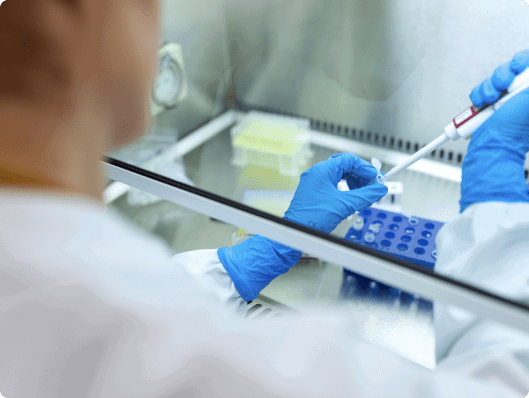
Mobile Dental Clinic - Radically Transforming Oral Care In California
goldenagedentalcare
. 4 min read
Access to dental care has long been a challenge in many parts of the United States, especially in rural and underserved urban communities. The lack of transportation, high treatment costs, and limited availability of dental professionals often leave individuals without essential oral healthcare. In response to this need, a new approach has emerged that is reshaping how services are delivered. The concept of the mobile dental clinic in California is proving to be a transformative force in the nation’s oral health sector.
A mobile clinic operates from a specially designed vehicle equipped with dental chairs, X-ray units, sterilization systems, and other essential tools required for comprehensive dental treatment. These clinics travel directly to neighborhoods, schools, retirement homes, and community centers, bringing services to those who may not otherwise receive care. This model is especially effective in bridging the gap between healthcare access and geographic limitations.
One of the key advantages of this model is its adaptability. Mobile dental units can adjust their schedules based on community needs, seasonal demands, and emergency requirements.
· Schools benefit as children can receive preventative care and treatment without missing significant classroom time.
· Senior living facilities can ensure residents receive routine check-ups and treatment without the hassle of transportation.
· Rural areas gain access to specialized services that may not be locally available.
Another important benefit is the cost-effectiveness of mobile clinics. With reduced overhead expenses and operational flexibility, mobile units can offer services at more affordable rates. This affordability allows more people to consider regular dental care, which is vital for preventing long-term oral health issues.
Educational outreach is another impactful element of mobile dental programs. These clinics often provide educational materials, demonstrations, and one-on-one counseling to improve awareness about oral hygiene. This not only supports individual health but contributes to community-wide improvements in dental care habits.
Despite their many advantages, mobile dental clinics must address several challenges to sustain their impact. Licensing across state lines, insurance processing, and consistent staffing requires strategic planning and operational oversight. Clear coordination with local health departments and community organizations is essential for logistical success.
Sustainability also depends on community engagement. Local partnerships can help secure funding, provide volunteer support, and build trust within the community. In many successful cases, partnerships with schools, nonprofit organizations, and regional health initiatives have been key to the program's growth.
As this model gains popularity, it is crucial to standardize quality measures. Mobile dental units must ensure that the care provided meets professional standards and patient safety protocols. Investment in staff training, technology updates, and data management systems enhances the reliability and effectiveness of services offered.
In the long term, integrating mobile clinics into broader public health strategies can amplify their benefits. Policymakers and healthcare leaders should consider how to support these initiatives through funding opportunities, regulatory support, and integration into Medicaid or other public health plans.
In recent years, the demand for innovative, accessible, and inclusive dental services has grown. Mobile clinics represent a proactive response to this need by bringing care directly to communities. As their presence expands, they hold the potential to significantly reduce disparities in oral healthcare and improve outcomes across diverse populations. The mobile dental clinic has become a beacon of innovation, mobility, and community service. It exemplifies how adaptive solutions can meet systemic healthcare challenges and drive meaningful change.
Finally, what makes the mobile dental clinic in California a vital development is not just its mobility, but its mission. By delivering care where it's needed most, these units are reshaping how Americans think about dental health. They empower individuals through access, education, and early intervention, fostering healthier communities. As they continue to evolve, mobile dental clinics are poised to become a cornerstone in the national effort to provide equitable and effective oral care for all.

